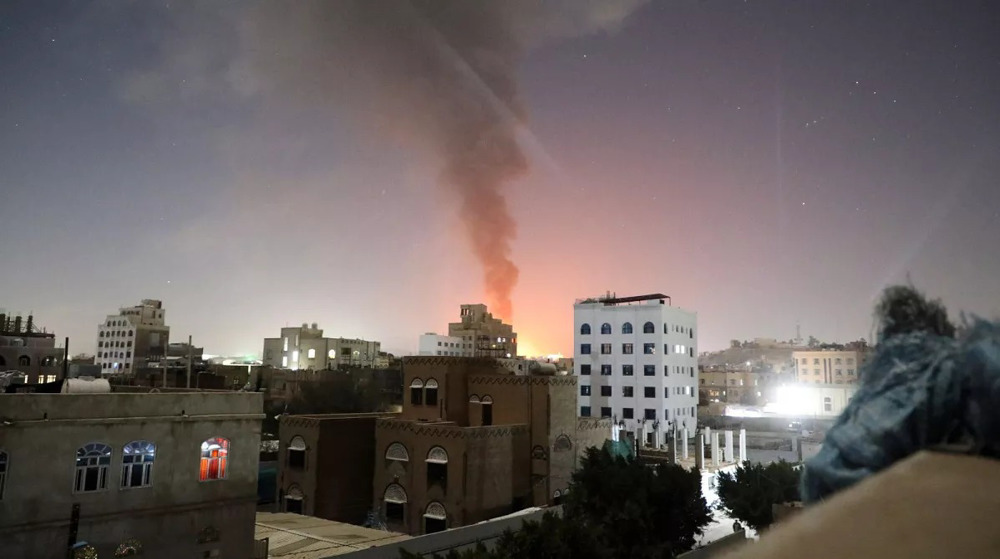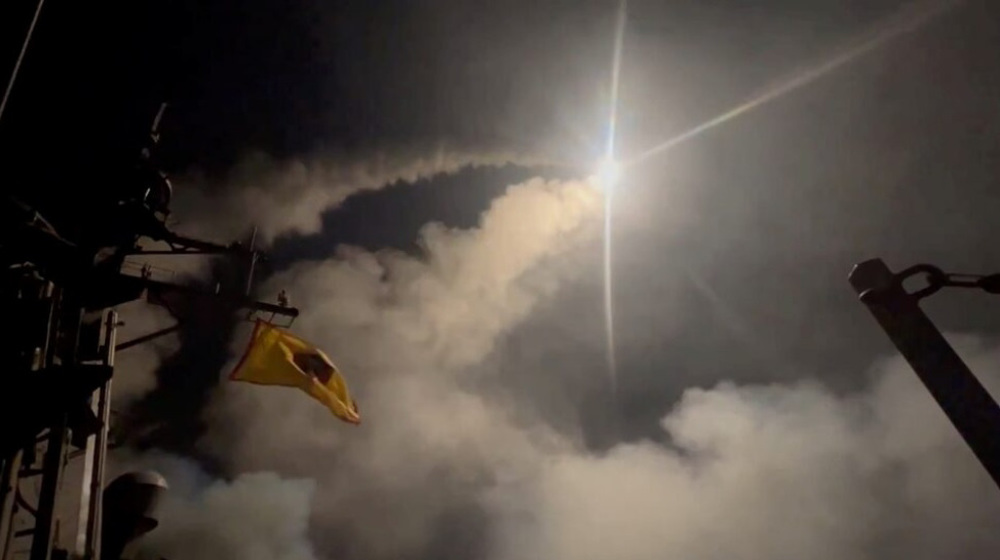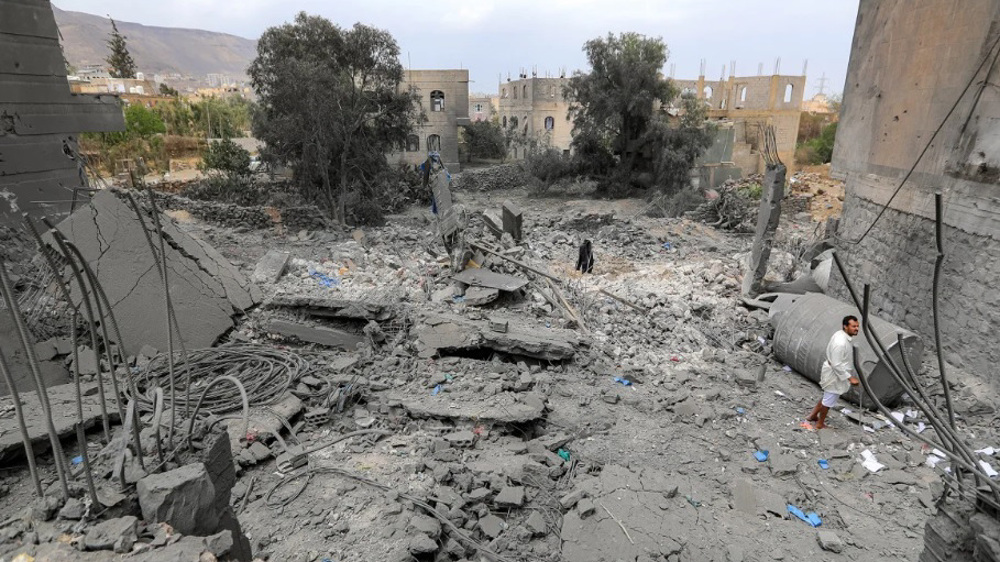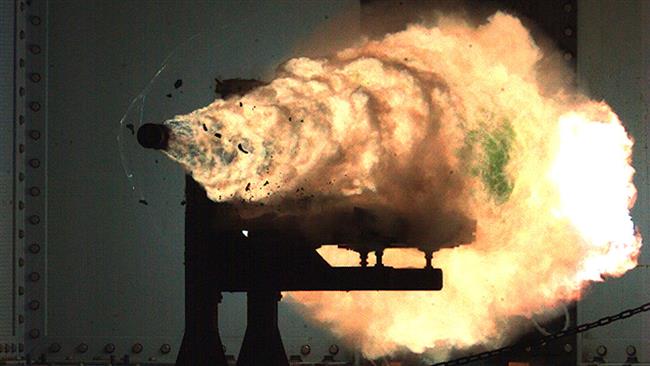US military developing futuristic weapon
The US military has set eyes on a super-weapon which makes use of kinetic energy to dramatically increase the impact of the chemical explosives its warheads carry.
The Kinetic Energy Projectile (KEP), or more simply the railgun, features a tungsten-based warhead which can reach more than three times the speed of sound at launch and explode into flaming fragments that can easily pierce into most types of armor.
What makes the weapon special is how it employs electro-magnetic energy to fire a shell at speeds of up to 5,600 mph (9000 kmh), three times the speed of the fastest artillery shells that exist today.
The projectile needs no gun powder or chemical propellant and can precisely hit targets 100 miles (160 kilometers) away.
Described as “the first American supergun,” the $500 million weapon has been under development for over a decade and remains in conceptual phase despite passing its first test-firing in 2013.
To fire and recharge, the railgun needs 25 megawatts, taking enough energy to power some 19,000 homes.
The US Navy has indicated that it wants the weapon to fire ten rounds per minute, meaning that the weapon needs to recharge every six seconds.

Currently, only the Navy’s advanced Zumwalt-class (pictured above) destroyer can provide the required energy. Equipped with a 78MW integrated power system, the Zumwalt can theoretically have about 58MW of reserve power while steaming at 20 knots, enough to fire the railgun.
To put that number in perspective, the USS Arleigh Burke destroyer has 7.5MW to spare for on-board weapons.
The railgun’s development took another hit last year, when the $4 billion Zumwalt broke down and had to be towed to port merely months after being commissioned.
According to the Newsweek, the Pentagon has set aside an extra $800 million to develop weapons that can fire the special projectile.
US Army’s Major General William Hix says the weapon, which is designed by the Lawrence Livermore National Laboratory in California, is like a “big shotgun shell” travelling at “Mach 3 to Mach 6.”
“The way that they have designed it, is quite devastating. I would not want to be around it. Not much can survive it," he said at the Booz Allen Hamilton Direct Energy Summit, last month.
With a massive arsenal of nuclear weapons and an already vast range of advanced weapons, it remains unclear why the US military is so bent on producing more lethal weapons at such high costs.

US airstrikes on Yemeni factory kill 6 civilians

US airstrikes target key educational, training center in Yemen

US military launches new strikes on Yemen's capital, other provinces
VIDEO | Press TV's news headlines
VIDEO | Karachi sees massive march in solidarity with Palestine
VIDEO | Iran marks ‘Operation True Promise’ anniv.
VIDEO | US sanctions deepen Yemen’s food crisis
Next round of negotiations between Iran and US will take place in Europe: Deputy FM
US airstrikes on Yemeni factory kill 6 civilians
Yemeni armed forces shoot down 19th American drone
Israeli settler attacks, displacements increase in the occupied West Bank: OCHA







 This makes it easy to access the Press TV website
This makes it easy to access the Press TV website